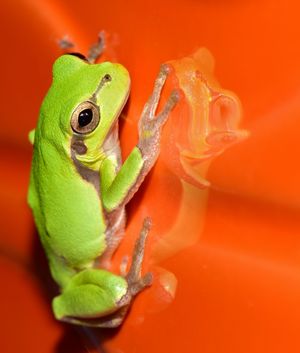
Bacterial dermatosepticemia or “Red Leg Disease” is a common ailment of amphibians characterized by red discoloration of the skin. This condition can be caused by infection (bacterial, viral or fungal), trauma, irritants, or vitamin A deficiency.
Red discoloration of the underside of the body caused by dilation of surface capillaries. May progress to bruising and large subcutaneous hemorrhage rapidly. Bloating from intestinal gas, fluid buildup in the body cavity, hydrops (edema), anorexia, and lethargy. In advanced cases, agonal convulsions and death may occur if untreated.
Diagnostic tests your vet may recommend to determine the cause include culture, skin scrapings and cytology, viral DNA testing (PCR), and necropsy in deceased animals.
Treatment consists of prescription antibiotics targeting the specific bacteria involved, medicated baths, and supportive care such as assist feeding and fluid therapy. If Chytrid fungus is suspected, antifungal baths may also be prescribed.
Prognosis is guarded with both morbidity and mortality fairly high for this condition.
Copyright © All Rights Reserved
